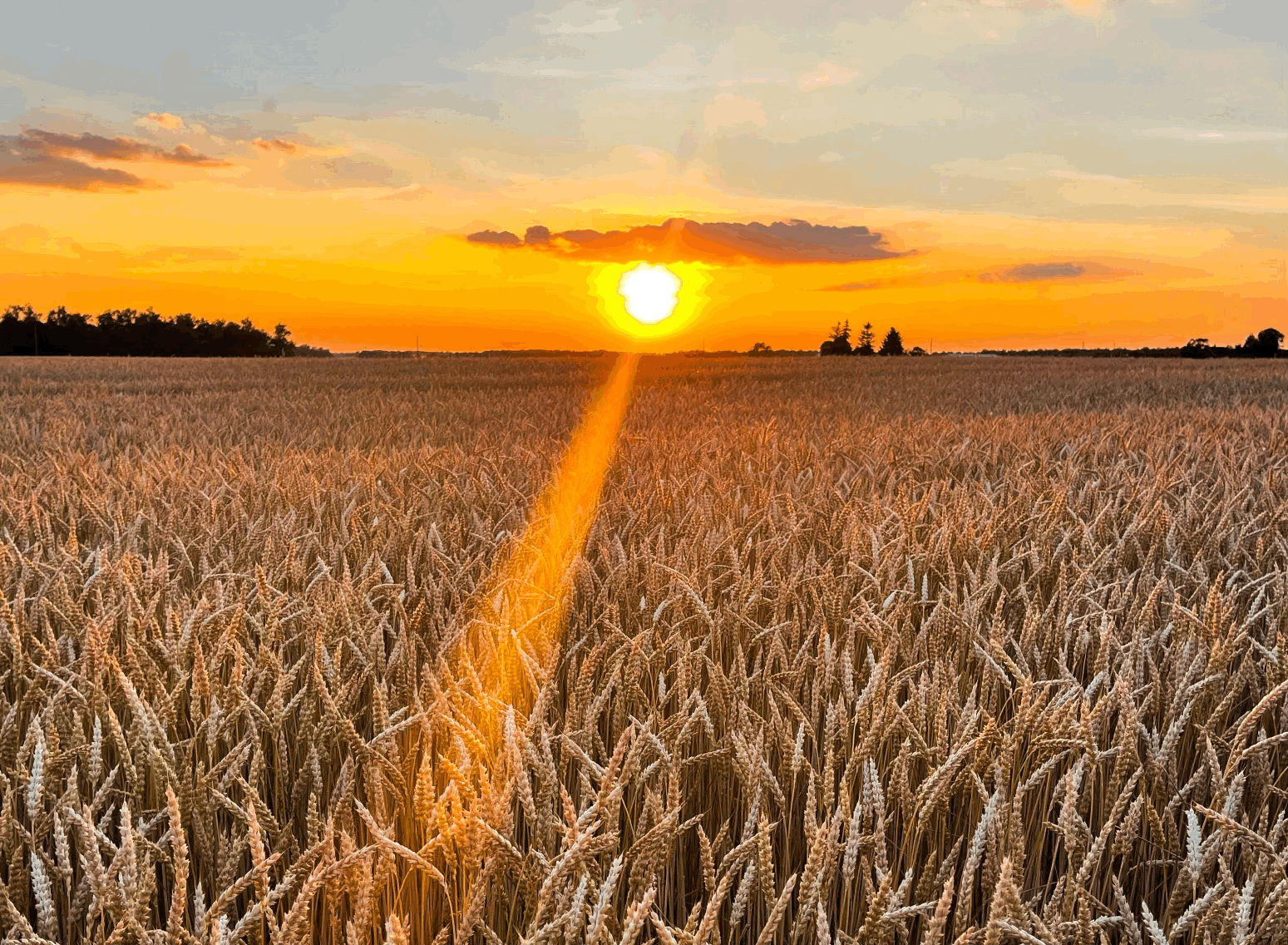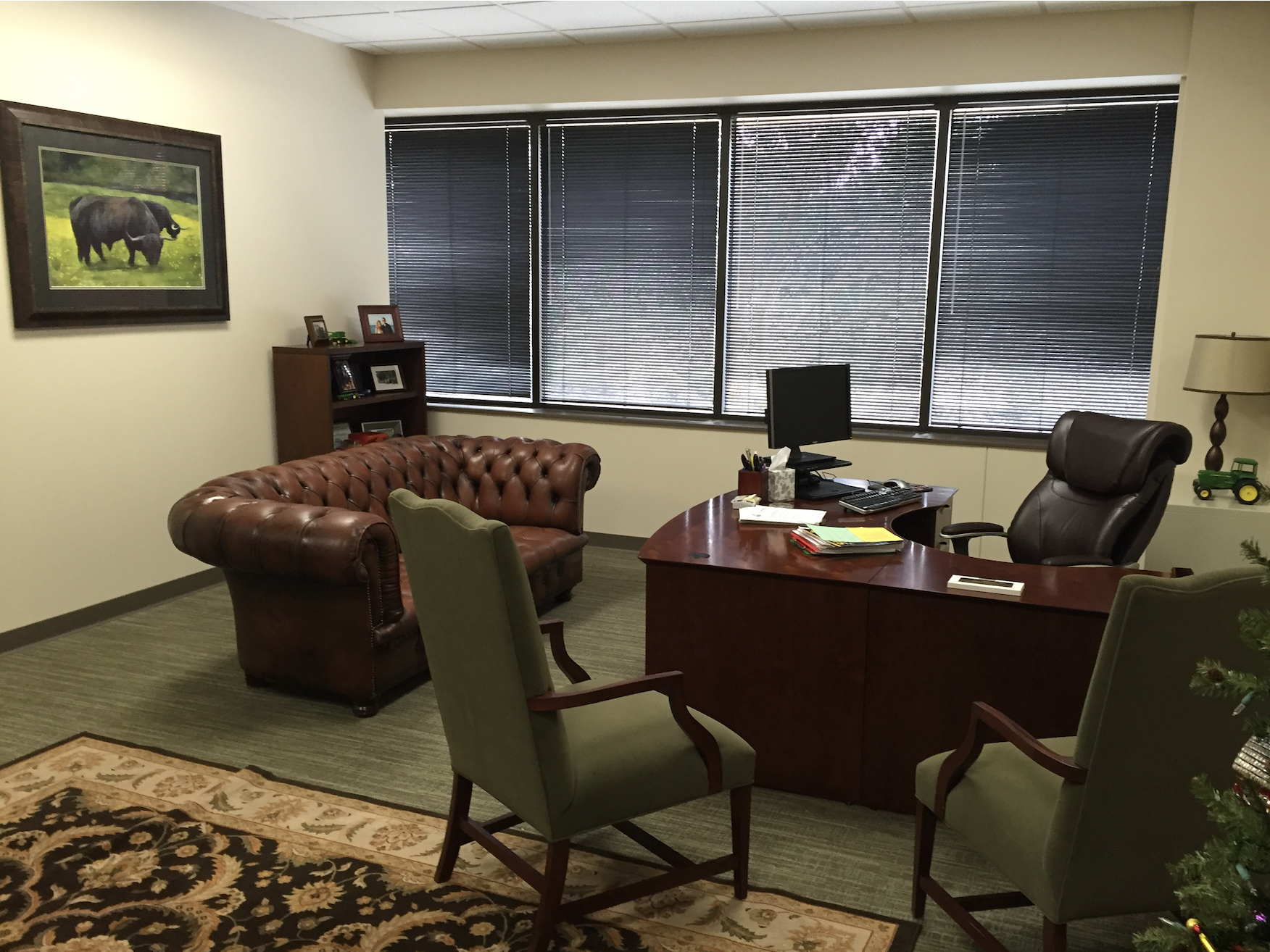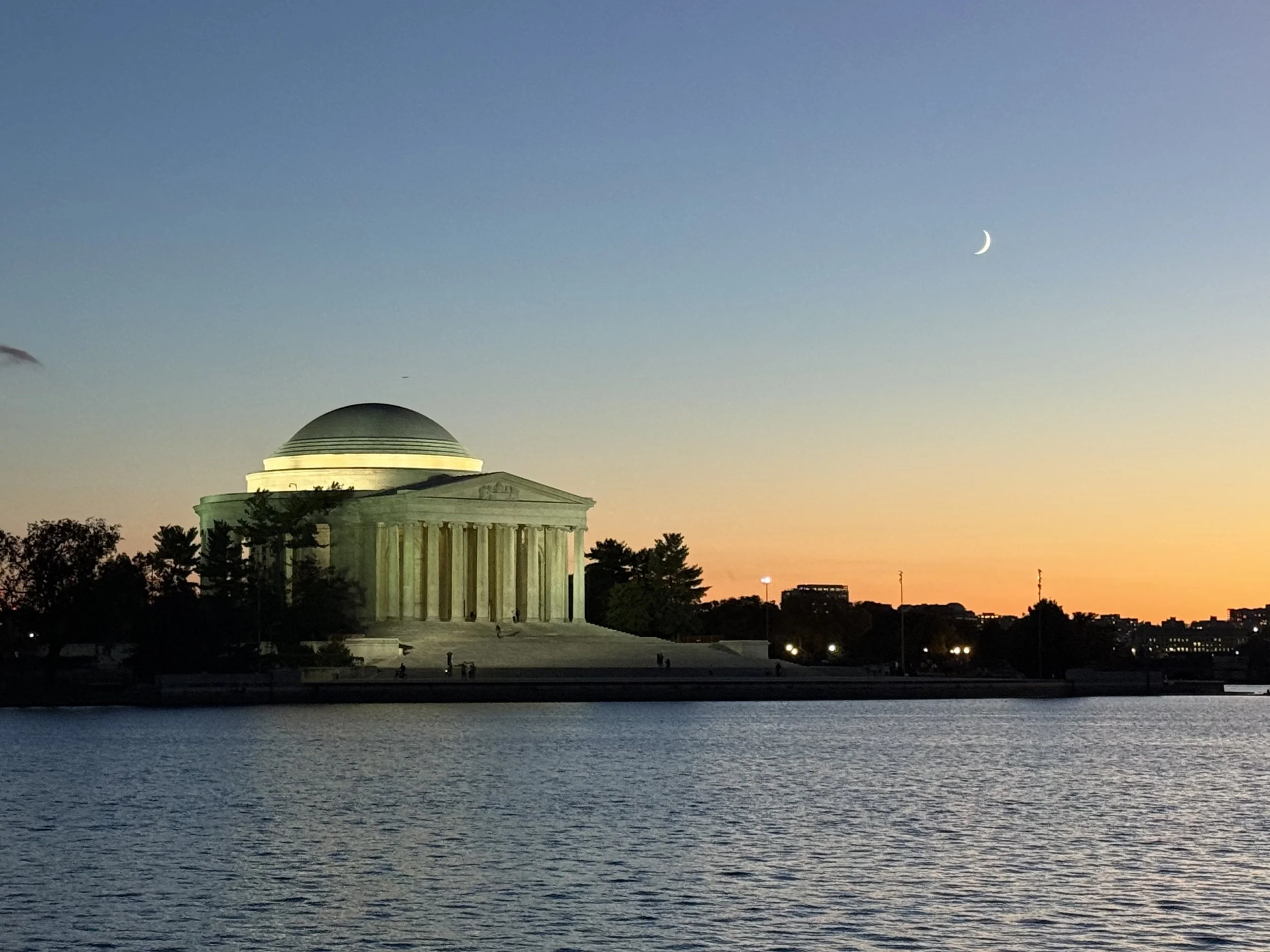Questions from the Bench: Indiana Supreme Court Hears Argument on Right to Farm Act
/On January 30, 2020, the Indiana Supreme Court held oral argument in the case Himsel v. Himsel. The case covers a lot of territory, including the Right to Farm Act, odor as an alleged trespass, respect for the local zoning process, nuisance, negligence, governmental takings, and questions on legal standards. The justices asked the plaintiffs, plaintiffs’ amicus, defendants, and the State of Indiana questions during the 40-minute argument at the state house. An outline of the case can be found here. We represented the Indiana Agricultural Law Foundation as an amicus in the lawsuit.
Inside the Indiana Statehouse
Counsel for plaintiffs went first, as the party seeking transfer to the Supreme Court. Justices quickly asked plaintiffs to explain their claims that the pig farm was negligent. The Indiana RTFA provides some protection to agricultural operations, but has an exception for nuisances caused by negligent operations. The justices questioned counsel on plaintiffs’ theory of “negligent siting” and standalone negligence based on air emissions paperwork. The justices also peppered counsel with questions about whether odor can be considered a trespass. Chief Justice Rush asked whether the majority view in other states — that microscopic particles be only be the basis for a trespass claim when accompanied by some physical damage — should apply here in Indiana. Justice Goff followed up with questions about whether an odor-based trespass claim was just an attempt to avoid the RTFA. Counsel for plaintiffs’ amicus took the podium next but only had a few minutes. He focused on his group’s opposition to modern livestock farming in general.
The Indiana Supreme Court holds arguments in its courtroom in the Indiana Statehouse.
Counsel for defendant farmers followed next and focused on the intent of the RTFA as explained in the text of the statute. It was passed to protect innovation and advancements in agriculture in rural areas. The justices asked counsel what kind of nuisance or negligence claim could survive the RTFA. Counsel explained how the negligence exception could function and touched on the importance of environmental regulations and local zoning as a check on improper agricultural developments. The justices then shifted to questions about the trespass claim based on alleged odors. Counsel explained the requirement that and such alleged trespass be accompanied by actual physical damage. There was no evidence here of any bodily injury or property damage. The Court next questioned how the specific wording of the statute operated.
The deputy attorney general for the State of Indiana used several minutes to discuss the constitutional issues at play relating to the RTFA. First, he explained the RTFA did not violate the "Open Courts” clause in the Indiana Constitution. Second, he discussed plaintiffs’ allegation that the RTFA constituted a “taking” without just compensation in violation of the federal and Indiana constitutions.
Counsel for plaintiffs had reserved five minutes for rebuttal and she was the final attorney to speak. The justices followed up with questions on the alleged taking, including whether it could be a taking without any government entity named as a defendant.
Oral argument finished up at 9:40 on Thursday morning—and now we wait to see what the Supreme Court does. It could grant transfer (meaning it accepts jurisdiction of the case) or deny transfer (leaving the Court of Appeals decision in place). If it grants transfer, the Court could affirm, modify, or reverse the Court of Appeals decision. Stay tuned!





